Overview
Our sharpening service will provide a good serviceable edge on the blade. The result is typically “very sharp” with a small secondary bevel and a bit of an “apple seed” profile. The resulting edge is somewhat dependent on the particular blade. Some blades will take and hold sharper edges than others and the thickness of the blade will determine how wide the bevel will need to be. We adjust the angle of the edge to suit the specific blade and attempt to get as close to a bevel-less edge as possible without marring the surface of the blade.
The Sharpening Process
The sharpening service is done with a belt sander. The process involves many passes with sanding belts of various grits. The blades are rested between passes to prevent them from becoming hot and damaging their temper. By default we will sharpen as much of the blade as possible including any false edges if appropriate. If you have a different preference, feel free to make that request in the special instructions at check out. We can sharpen only the last half or third of an edge, for example. Our sword sharpening expert has personally sharpened several thousand swords at this point, so will provide you with a professional service.
What the Service is Not
The resulting edge will be “sword sharp” not razor sharp. Our goal is to provide you with a usable edge for cutting practice that will hold up to some use and not require constant re-sharpening. In other words, we intend to provide you with a serviceable weapon, not a personal grooming implement. The service will not provide a completely bevel-less edge. To create that type of edge will necessarily scratch up the blade surface and we lack the machinery and time to provide a full re-polishing of a blade’s surface. A service of that nature would be significantly more expensive as a great deal more time would be required. We do not offer this type of service at this time.
Disclaimer
We make no guarantee that the resulting edge will meet with your expectations. Every blade is different and some will take and hold a sharper edge than others, due to the blade material, heat treatment or geometry. Some customers can also have incorrect assumptions about sword sharpness and improper expectations as a result. All we can say for sure is that the resulting edge will be sharper than the default edge, in most cases, significantly so. We can not provide any refunds for the service once it has been completed, so consider it to be provided “as is”. That being said, if you are unhappy with the product for any reason, we do still allow you to return the item for a full refund, including the sharpening costs under our normal return policy. This does not apply to special sharpening requests, for example if we sharpen something specially for you that does not normally list that option on our site. The vast majority of our customers are happy with the results of the service, so as long as you keep the above mentioned in mind, we are confident you will be pleased with the results as well.


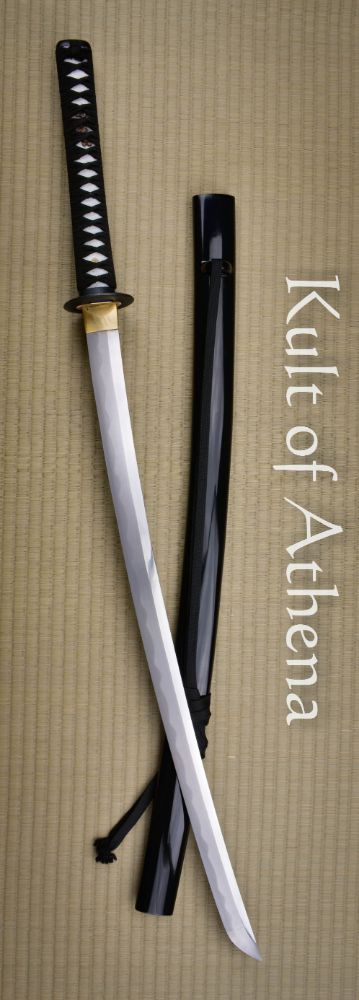

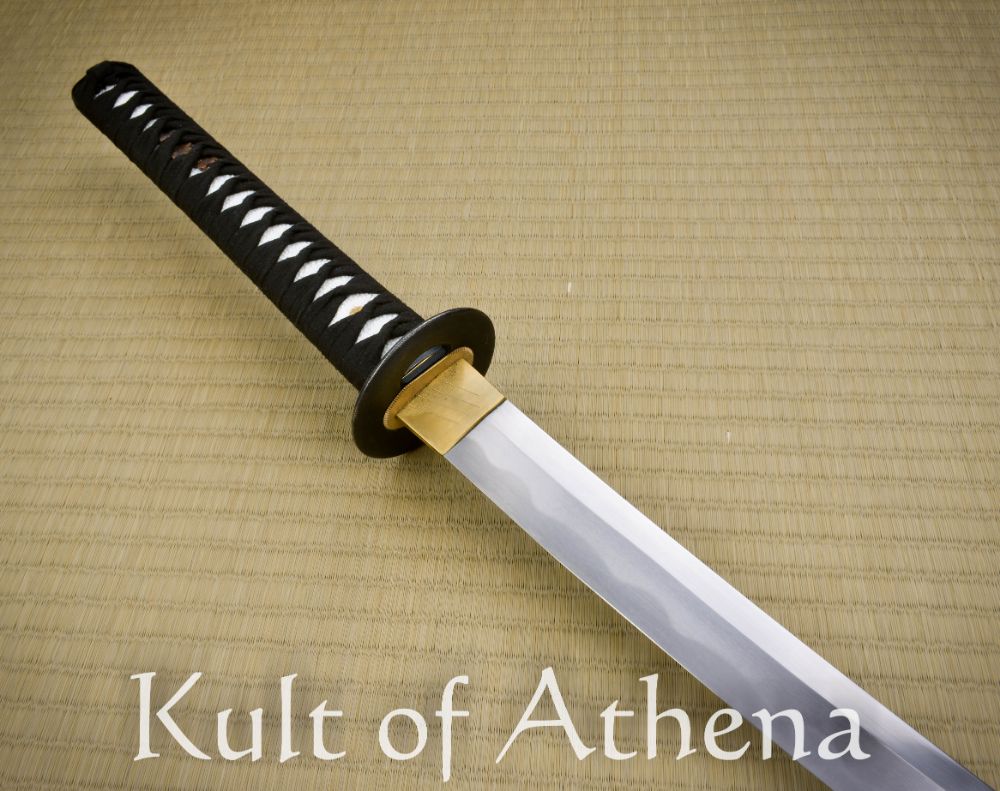
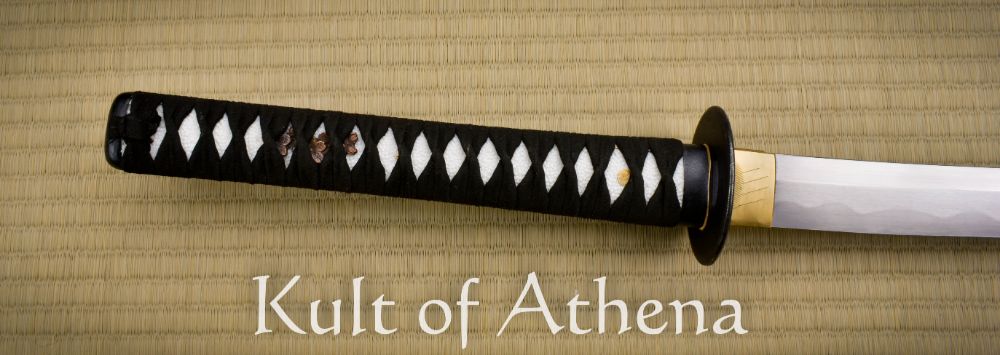
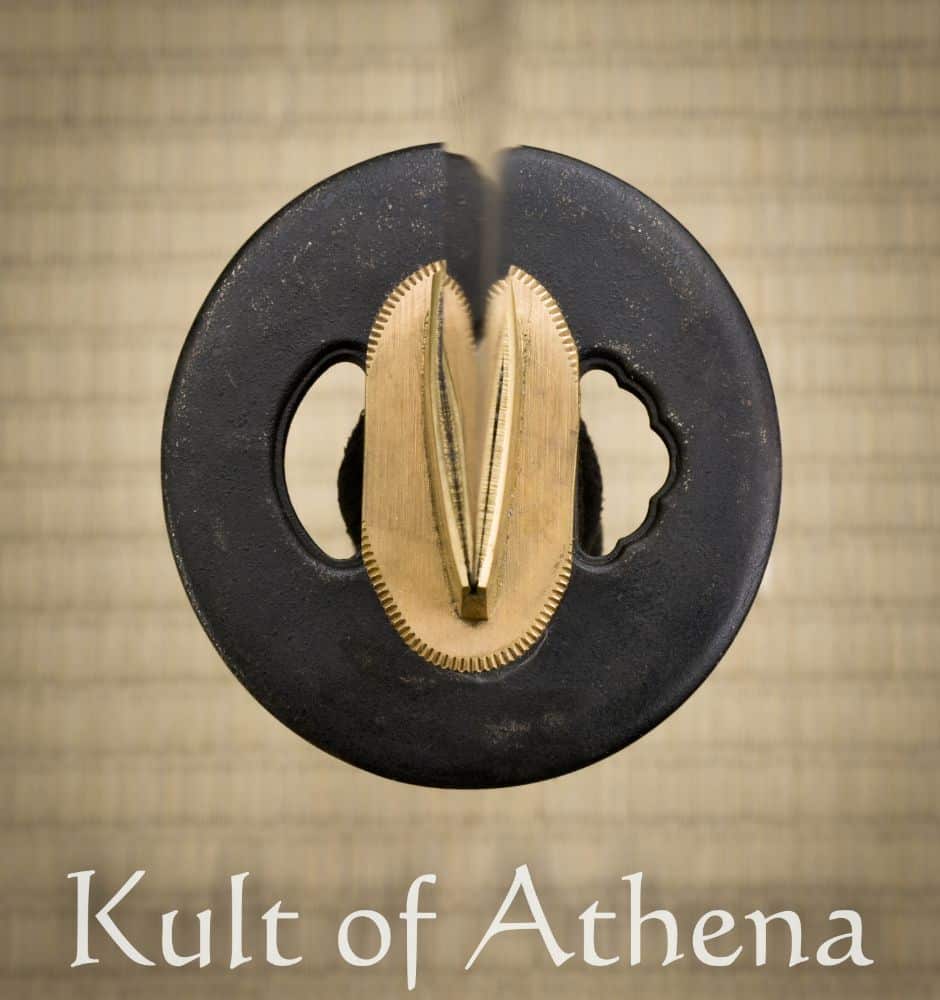

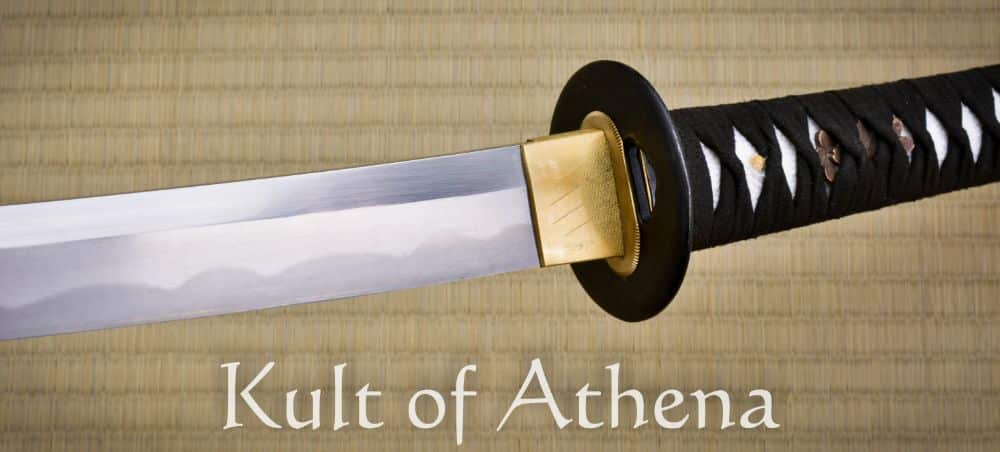
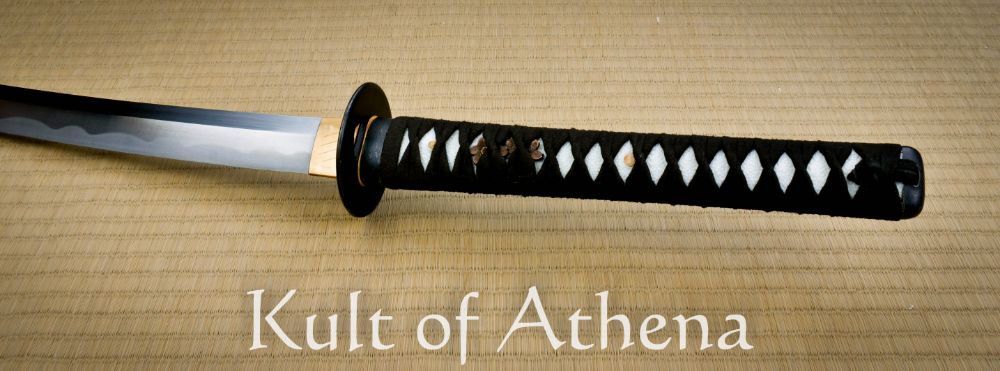
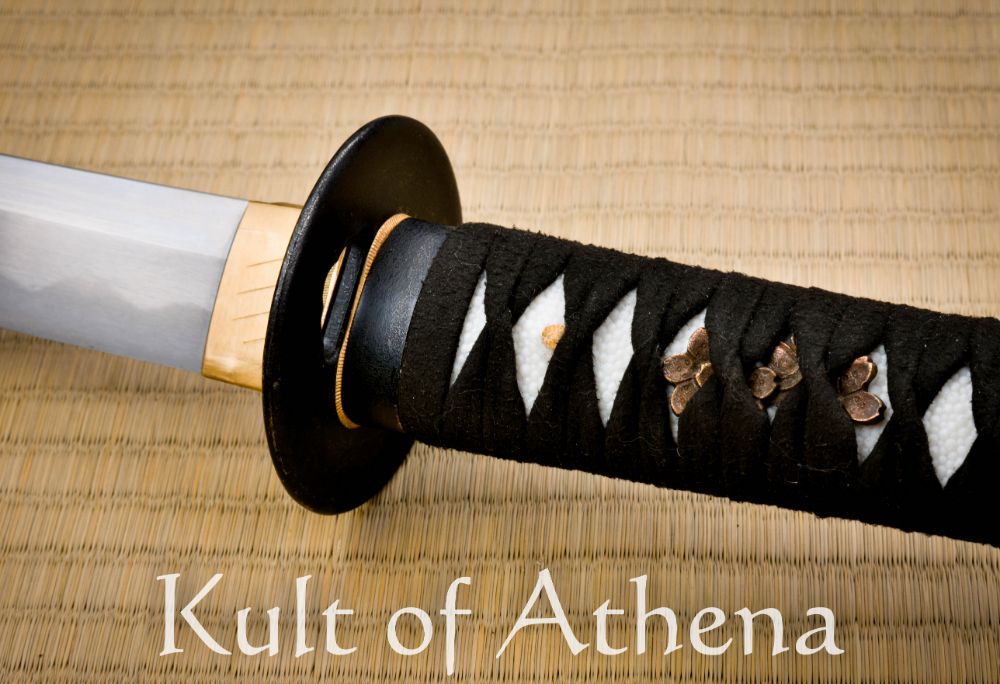
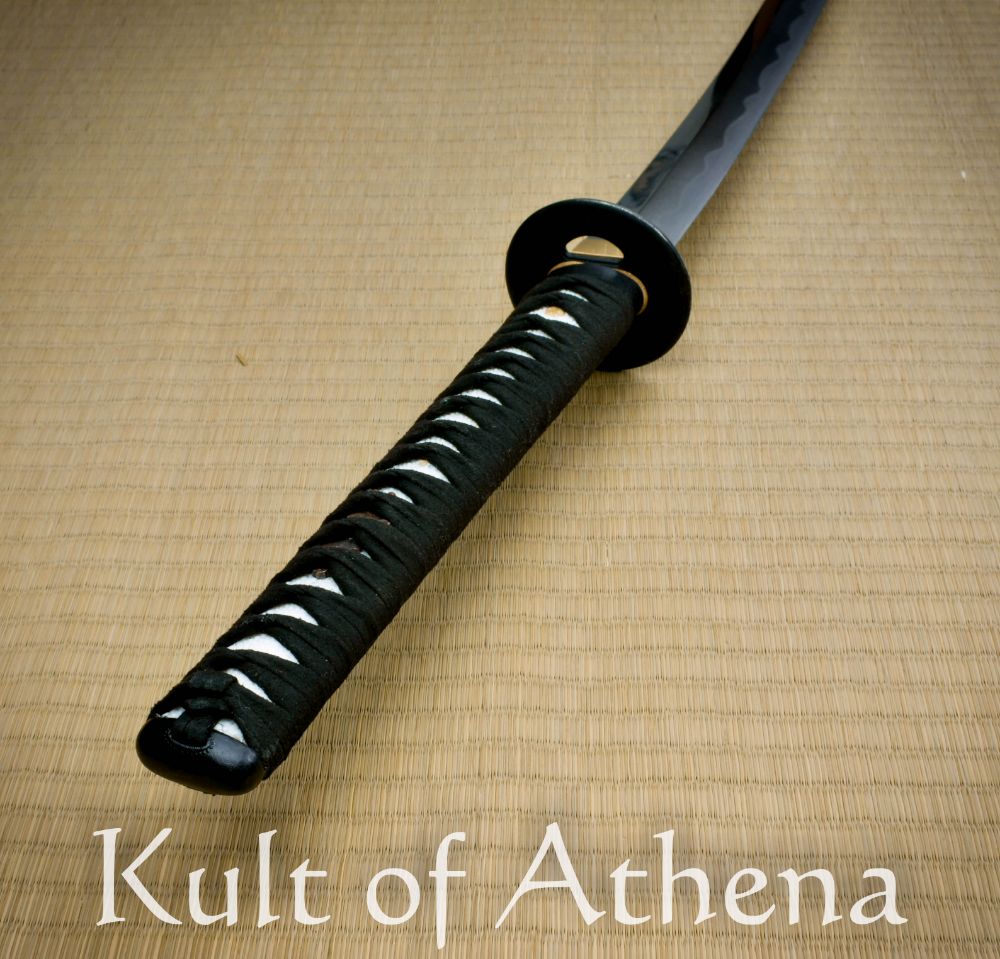

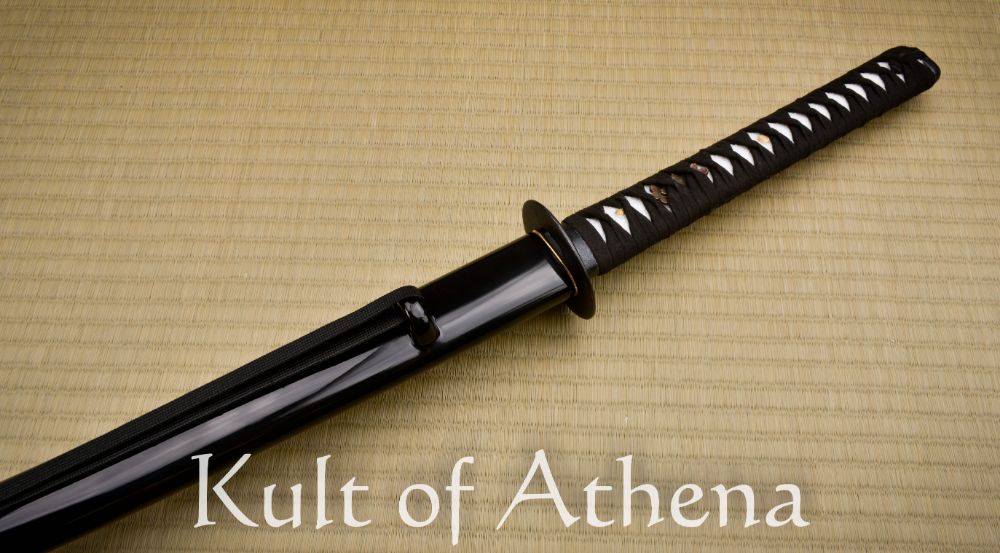
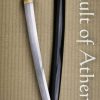

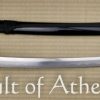
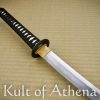
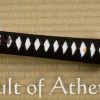
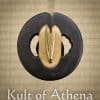
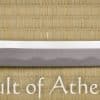
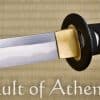
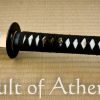
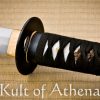
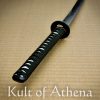

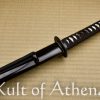
Gregor44 (verified owner) –
I own the older practical and a new practical plus by Hanwei and this sword is larger but not too heavy. It has a really nice polish and wrap and cuts through larger targets a little easier because of the weight and width of the blade so it’s really about what you prefer and you won’t know until you buy a few. I like it and when you buy swords with names like Paul Chen Hanwei that have been around since 1998 they hold their value and increase over time. If someone tells you you are wasting money on swords simply remind them it’s a small investment you can enjoy compared to those overpriced designer shoes.
Gregor44 (verified owner) –
It has a really nice polish and wrap and cuts through larger targets a little easier because of the weight and width of the blade so it’s really about what you prefer and you won’t know until you buy a few. I like it and when you buy swords with names like Paul Chen Hanwei that have been around since 1998 they hold their value and increase over time.
Scott Ames (verified owner) –
Very nice sword. Great balance. As you would expect the fittings are somewhat plain in the interest of saving $$ to offer a great cutting sword like this at a reasonable price. As above the sword is a little heavier and longer than the average sword but for me that is perfect as I am 6’4″ 205# and it seems perfect for me. I may re-do the tuska with real full same wrap but this is a really great bang for the buck sword for a learning student like me.
SHTF Samurai –
IN RESPONSE TO SCOTT AMES;
I may have bought my Hanwei Practical XL from a different outlet, but I can tell you the following first hand –
I DID fully redo the tsuka on mine. And when I did, I went full blown with the traditionality (having to source the Japanese Ipe wood, which was no east task, but it was worth it). To fasten the two handle halves togetgher though, I used a small amount of that super thick clear gorilla adhesive you need a large glue gun to get out of the tube. I wanted a handle that would be as indestructible as the Q continuum.
Anyway…
When I did this, I made a full 14-inch tsuka with an actual full-wrap of black stingray skin, which I further blackened with alcohol-based black leather dye. Black stingray skin doesn’t come totally pitch black, it looks a little faded naturally. So I did the dyeing part to make it look ominously dark black the way I like.
I kept the original Pau Chen fittings though, because I like the simplicity and utility look hit fittings give these swords for one thing. Plus I just like the plain iron look in general on a sword. It just adds a certain something.
The only thing I swapped out was the menuki beneath the cord wrapping. I replaced them with Mount Fuji menuki, and the cord wrap with authentic black leather tsuka-Ito. I also did all of the above with the Hanwei Practical Wakizashi, minus making the handle longer.
As for handling, the finished sword now feels almost feather-light with the longer handle having slightly moved the POB closer to the Habaki. Also, the general but substantial boost in control with said 14-inch handle is almost scary to ME– which is also, how I like it (not in the context of it being more than I can handle, I can still use it just fine – it almost scared me just HOW good I can get with it now, as per mty preferred style of use).
I now also do 2 and sometimes 3-mat rolled tatami targets, and every now and then I do 2-mat rolls with half-inch green bamboo at the center. I’ve just begun mastering being able to do this with an Iaido draw-cut-sheath technique. And yes, you can do Iaido with a 14-inch handled sword. I do.
When you go to re-handle yours, I do strongly recommend you consider going with a 14-inch tsuka (as many an ancient samurai did in fact have on his sword, at least in terms of the equivalent in ancient Japan’s measuring systems). They actually fought with such swords, as I train to do after SHTF – which is why I train at all.
And yes I take it seriously, training in a combo of Toyama-Ryu battojutsu and Muso Shinden-Ryu Iaido (in which I include the use of full-weight stainless steel iaito and PU foam katana sparring with fellow budoka from a ‘no techniques barred’ standpoint).
Anyway, with a longer handle on the Hanwei Practical XL Katana, you get a full blown fighting-grade sword as was my intention. I recommend you try fitting your sword up that way.
Thank you.